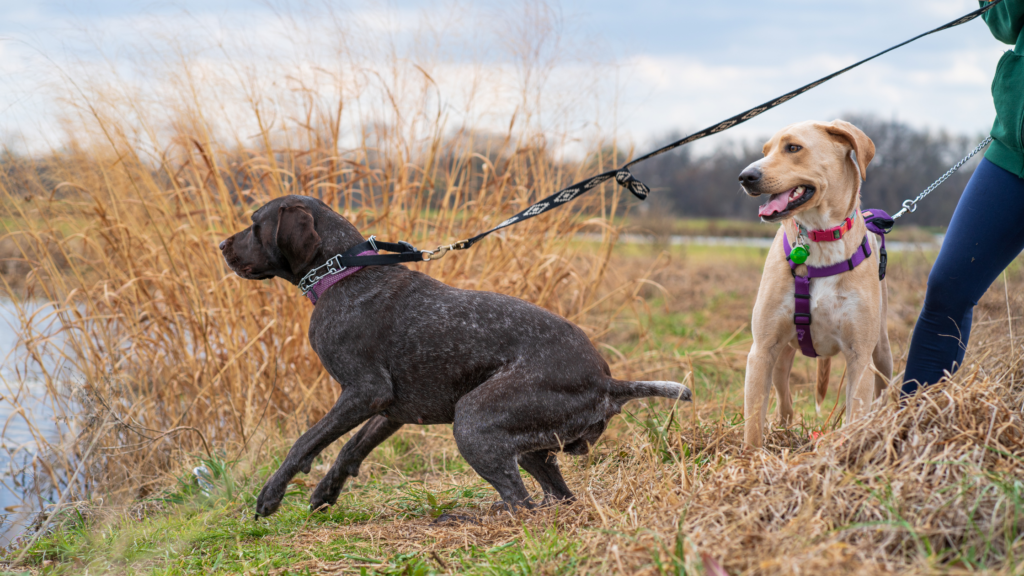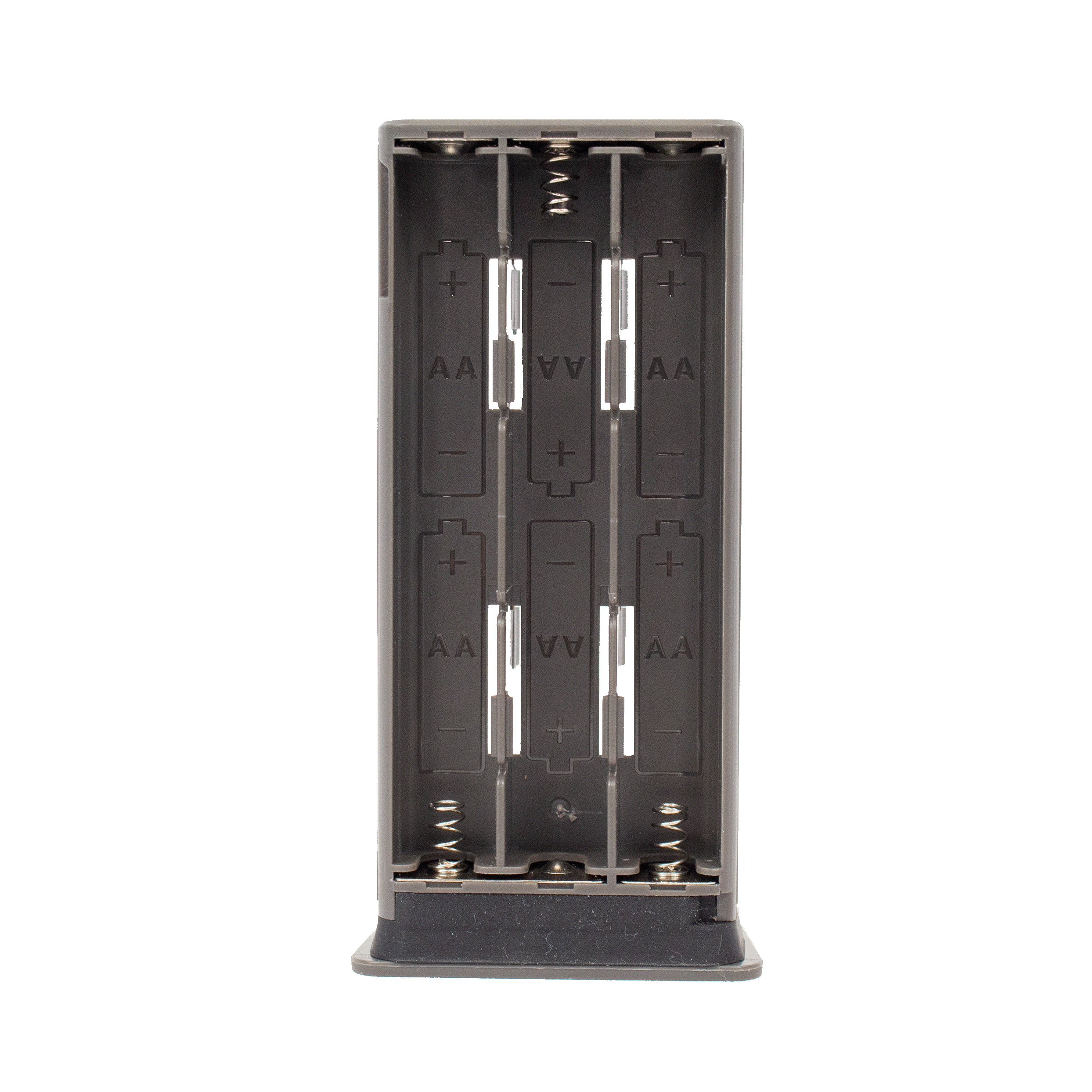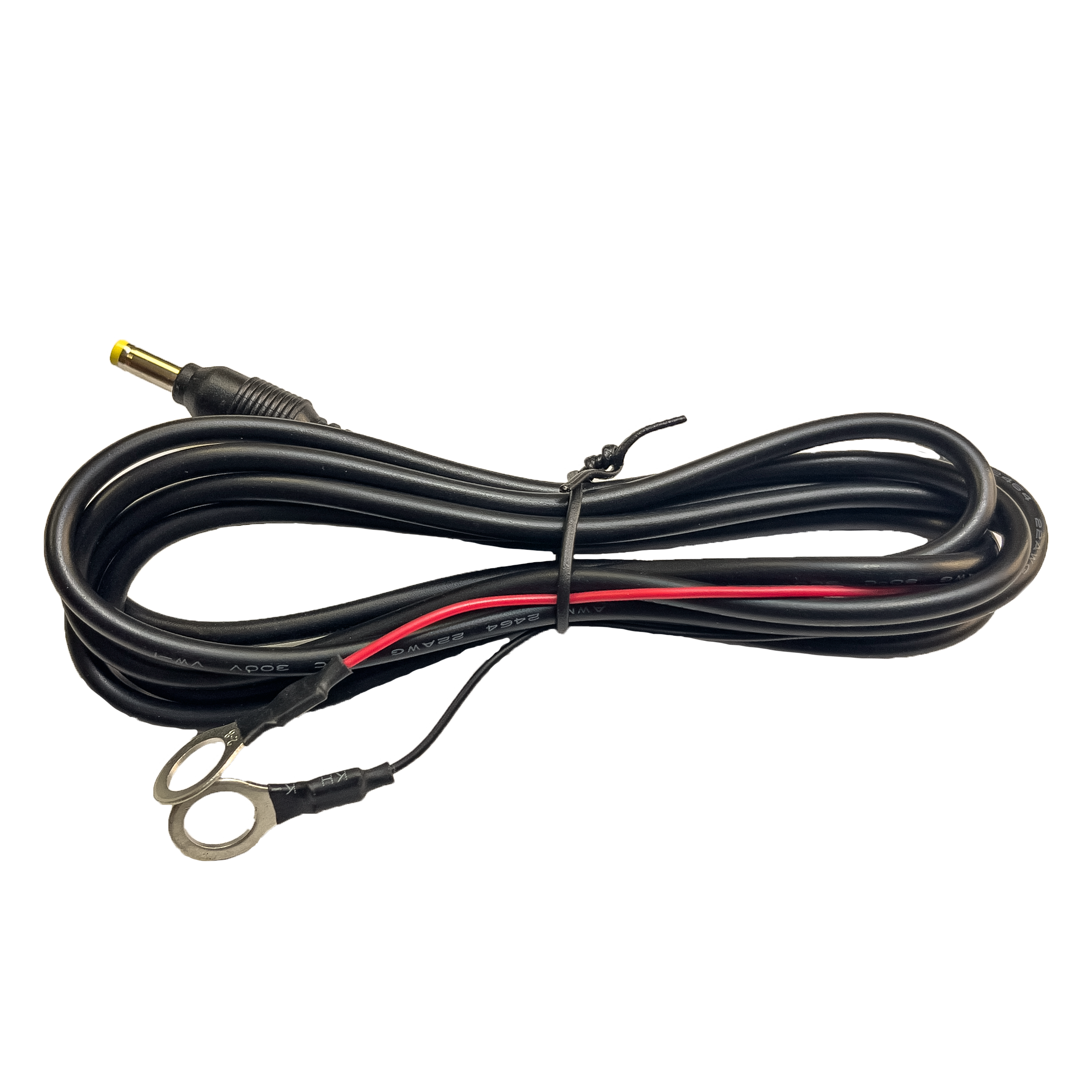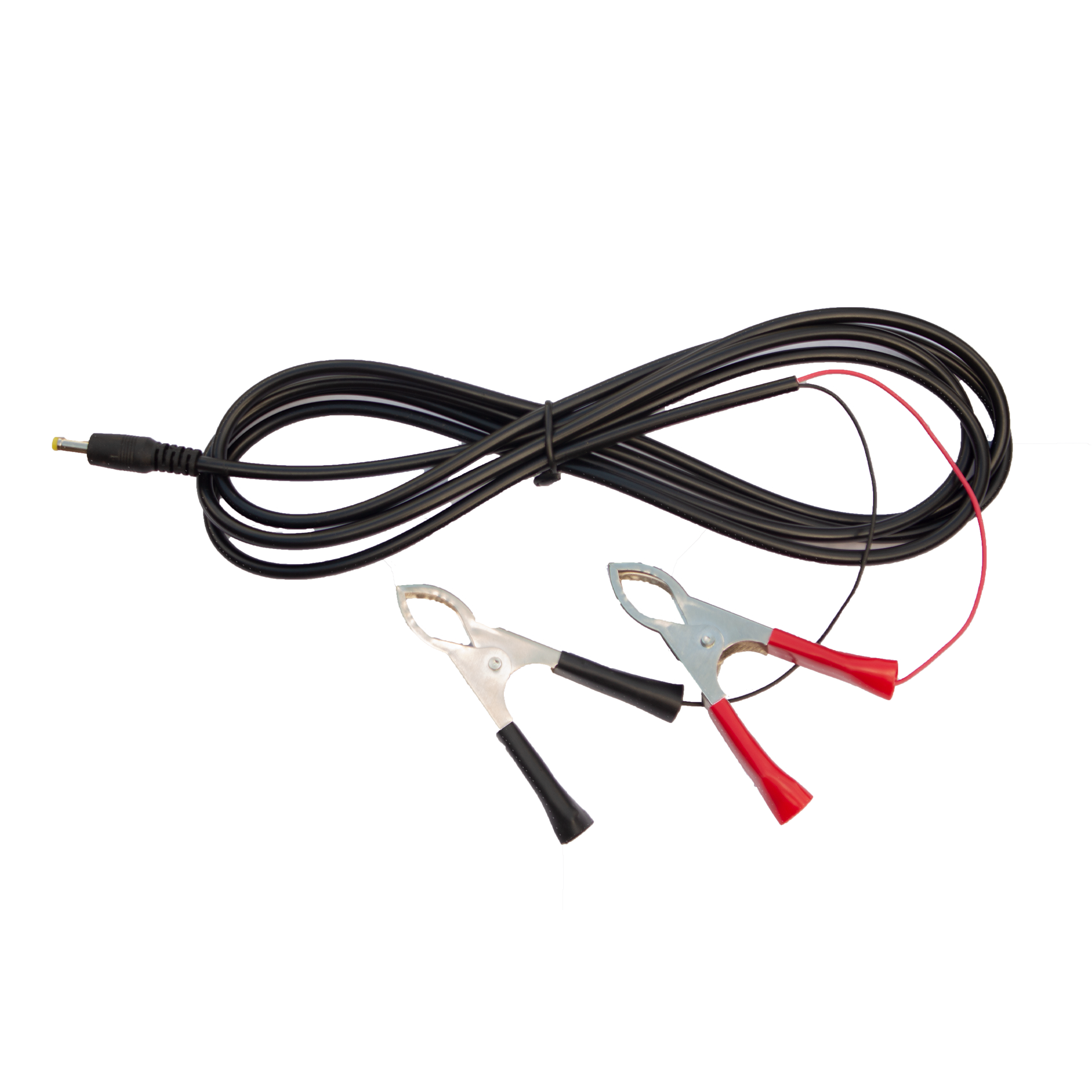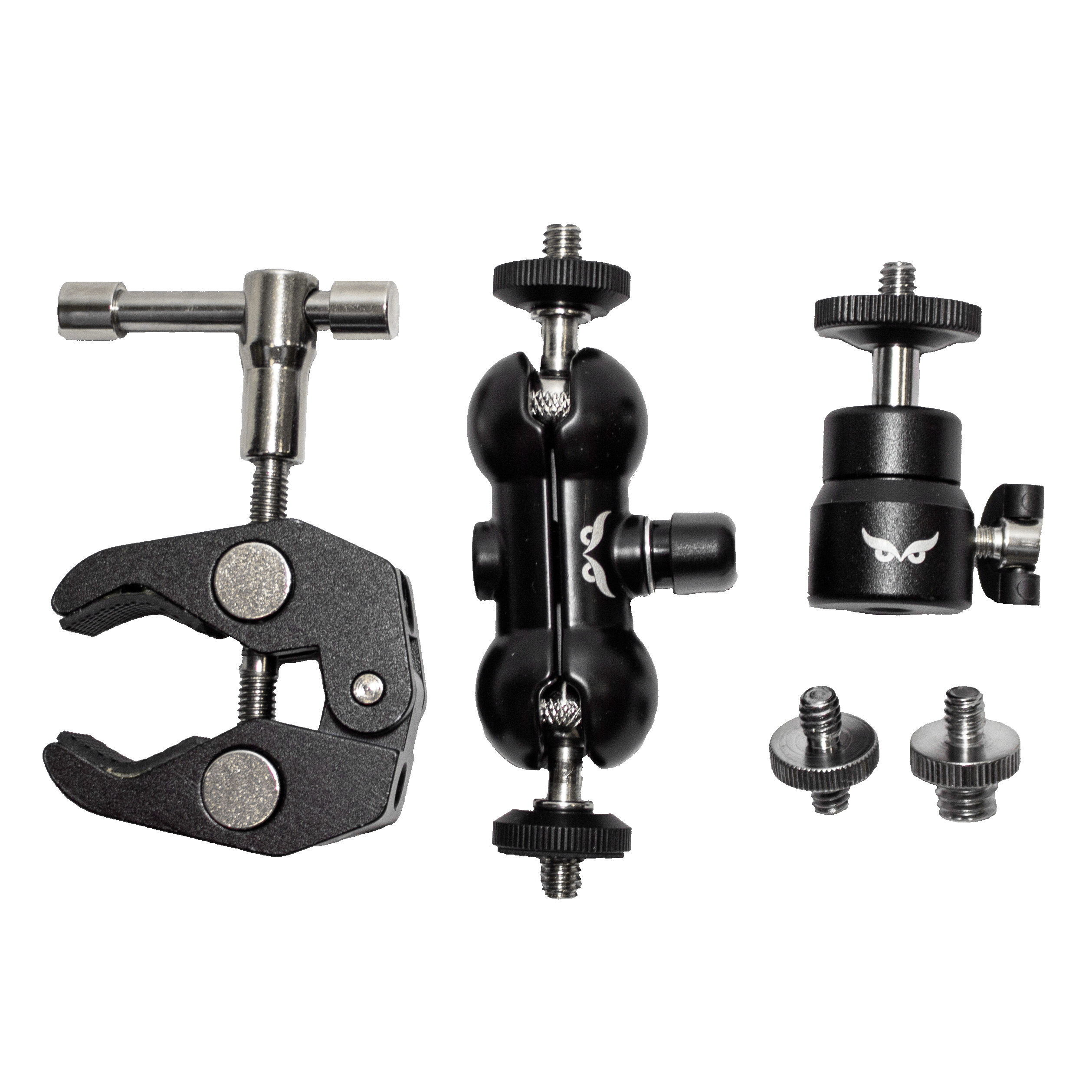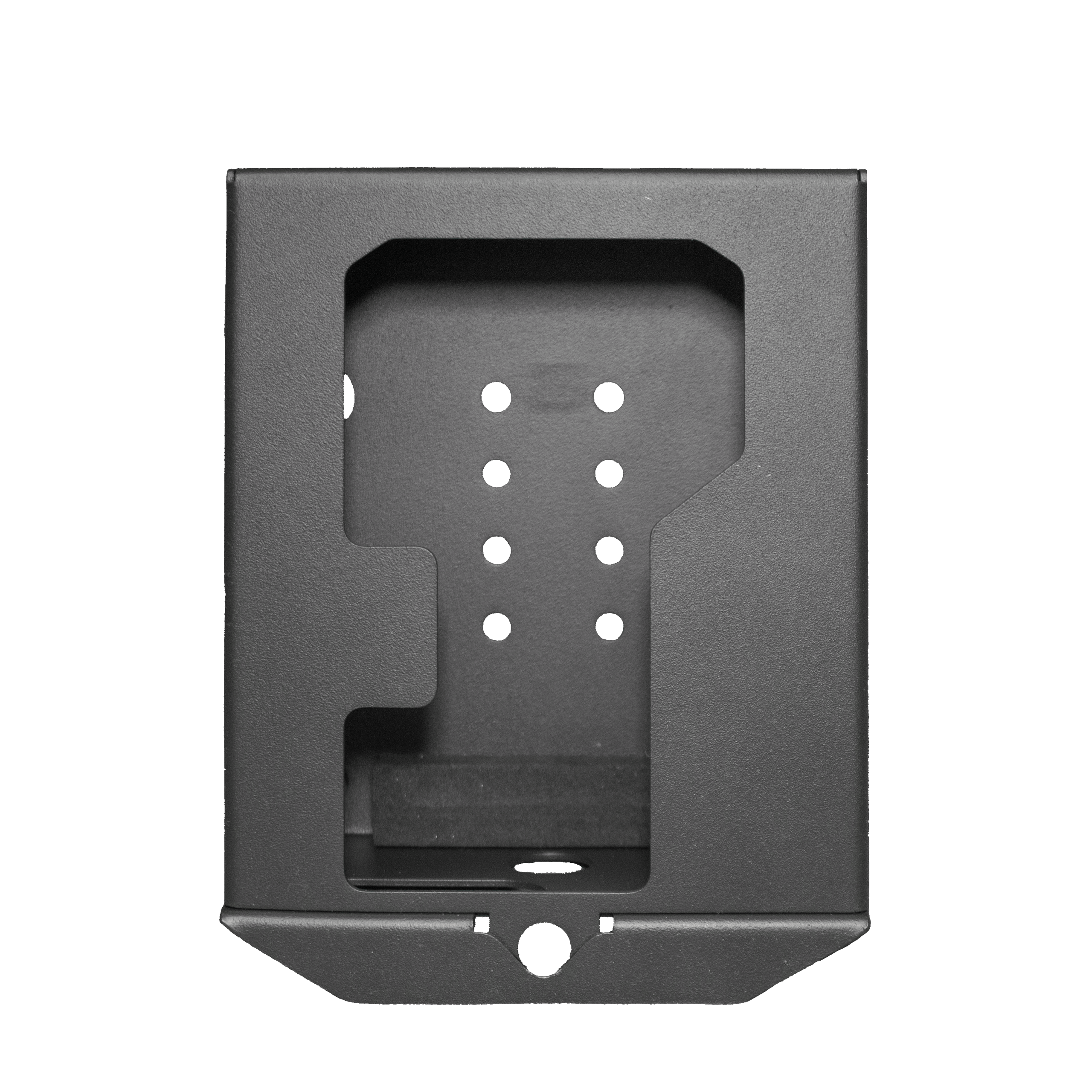Training a dog to walk politely on a leash is an essential skill for any hunting dog trainer or enthusiast. Without proper leash manners, outings can become frustrating and chaotic. A dog that pulls can be a nuisance and dangerous, especially in a hunting environment where control is crucial.
In this blog, we’ll explore effective techniques to help you stop your dog from pulling on the leash, ensuring a more enjoyable and safer experience for both you and your canine companion.
Understanding Why Dogs Pull
Before we dive into training techniques, it’s crucial to understand why dogs pull on the leash. Dogs are naturally curious and often get excited by their surroundings. When they see something interesting—a squirrel, a bird, or another dog—they instinctively pull toward it. This pulling behavior is often reinforced because, in their minds, pulling gets them closer to whatever has captured their attention.
Recognizing this behavior is the first step in addressing it. By understanding the motivations behind your dog’s pulling, you can implement strategies that will effectively redirect their energy and focus.
The Importance of Consistent Training
Consistency is key when it comes to training your dog. Inconsistency can confuse your pet and prolong the training process. Make sure everyone who handles your dog uses the same commands and techniques. This includes family members, friends, and anyone else who might walk your dog.
Reinforces Learning
Dogs thrive on repetition, and consistent commands help reinforce learned behaviors. When you use the same cues every time, your dog is more likely to understand what is expected of them, leading to quicker mastery of skills.
Builds Trust
A consistent training approach fosters trust between you and your dog. When your dog knows what to expect during training sessions, they feel more secure and are more inclined to follow your commands.
Reduces Confusion
Inconsistent training methods can lead to confusion for your dog, making it difficult for them to know how to behave. By using the same commands and techniques, you help your dog understand their role, ultimately facilitating smoother training progress.
Encourages Better Behavior
When positive behaviors are consistently reinforced, your dog is encouraged to repeat those actions. This approach not only helps develop good habits but also reduces the likelihood of unwanted behaviors emerging over time.
Enhances Communication
Consistency improves communication between you and your dog, making your interactions clearer. When everyone involved in your dog’s care uses the same language and techniques, it fosters better responsiveness and strengthens your bond.
Techniques to Stop Your Dog from Pulling
Teaching your dog not to pull on the leash can significantly enhance your walking experience, making it safer and more enjoyable. By employing effective training techniques, you can redirect your dog’s energy and attention, ensuring they stay focused on you rather than the distractions around them. Below are five practical techniques to help you stop your dog from pulling on the leash.
The Stop-and-Go Method
One of the simplest techniques is the stop-and-go method. Begin walking with your dog, and when they start to pull, stop immediately. Wait until they relax or return to your side before resuming your walk. This method teaches your dog that pulling will not get them where they want to go.
The Change of Direction Technique
This technique utilizes your dog’s curiosity to your advantage. When your dog pulls ahead, suddenly change direction and walk the other way. This unexpected shift will encourage your dog to pay attention to you as they follow your lead. Reward them when they stay by your side, reinforcing the desired behavior.
The ‘Heel’ Command
Teaching your dog the ‘heel’ command can be highly effective in preventing pulling. Start in a distraction-free area and use a treat to guide your dog into the correct position beside you. As you walk, consistently use the command “heel” and reward them for staying close. This helps establish a clear expectation for how you want your dog to walk.
Positive Reinforcement
Using positive reinforcement is crucial in training. Carry treats with you during walks and reward your dog for walking calmly beside you. Verbal praise can also motivate them, making them more likely to repeat the good behavior. This technique fosters a positive association with walking on a loose leash.
Desensitization to Distractions
Training your dog to ignore distractions is essential, especially for hunting dogs. Start in a controlled environment with minimal distractions, gradually increasing the level of challenge as your dog improves. Use commands like “leave it” to redirect their focus back to you when they get distracted, rewarding them for compliance. This approach builds their ability to concentrate in more stimulating environments.
Use of a Front-Clip Harness
A front-clip harness can be an excellent tool to help manage pulling. This type of harness attaches at the front of your dog’s chest, redirecting their movement when they pull. By utilizing a front-clip harness, you can gain better control and encourage your dog to walk alongside you instead of pulling ahead.
Regular Exercise
A well-exercised dog is less likely to pull on the leash. Before heading out for a walk, engage your dog in activities that burn off excess energy, such as fetch or running. By ensuring your dog is adequately exercised, you can reduce their tendency to pull due to pent-up energy during walks.
Structured Walks
Implementing structured walks can help reinforce leash manners. Set specific goals for each walk, such as maintaining a certain pace or practicing commands along the route. Keeping the walks structured encourages your dog to focus on you and their training rather than getting distracted by the environment.
Gradual Increases in Distance
Start your training in a familiar area and gradually increase the distance and complexity of your walks. Begin with short, controlled walks where distractions are minimal, then progressively move to busier areas. This gradual increase helps your dog adapt to different environments while practicing good leash manners.
Socialization with Other Dogs
Socializing your dog with other dogs can help reduce pulling during walks. Arrange playdates or group walks with well-trained dogs to provide a positive example for your pet. Observing and interacting with well-behaved dogs can encourage your dog to adopt similar walking habits, making your walks more manageable.
Conclusion
Stopping your dog from pulling on the leash is a critical skill for hunting dog trainers and enthusiasts alike. By understanding the reasons behind pulling and implementing consistent training techniques such as the stop-and-go method, change of direction, and positive reinforcement, you can teach your dog to walk calmly beside you.
Always remember that patience and practice are essential. As your dog learns to walk politely on a leash, both of you will enjoy your time outdoors more, whether you’re training in the field or on a casual stroll.
Ready to take your dog training to the next level?
Visit HuntEmUp today to explore our wide selection of top-quality hunting and dog training products!
Whether you’re a seasoned hunter or just getting started, we have everything you need to succeed in the field. Don’t miss out – equip yourself with the best, and take your hunting game to the next level!
